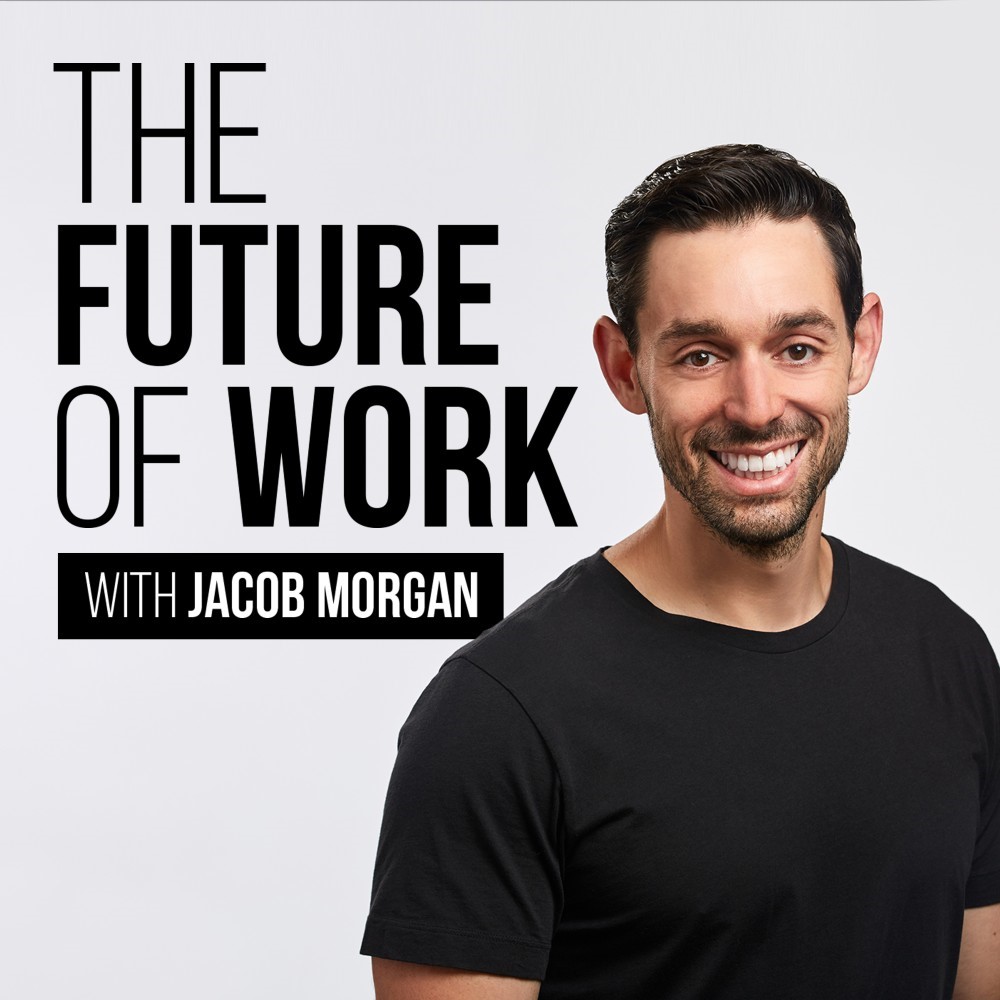Meditation apps and practices are everywhere these days. But what may be billed as meditation is actually a practice in mindfulness. And it has the power to transform your attitude and life.
Emily Fletcher, founder of Ziva Meditation and author of Stress Less, Accomplish More, says that although people often use the terms meditation and mindfulness interchangeably, they are quite different. And we need both to combat stress.
As life has become more stressful and uncertain for everyone over the last few years, Fletcher points out that we’re all looking for tools to improve our lives. It’s not necessarily about being more productive or making more money but about reducing stress and creating a balanced and fulfilling life. Peace and mindfulness affect every area of our lives, especially at work. And employers have noticed—focusing on mental health and meditation creates engaged and positive employees.
Fletcher put it this way: “We’re seeing that we can, in fact, achieve more from a place of stillness from a place of listening. And there is nothing more powerful. There’s nothing more pleasurable than meditation to help you get into that space.”
But what’s the difference between mindfulness and meditation, and where should you begin?
Fletcher defines mindfulness as a left-brain waking state phenomenon. Things like focusing on your breath, changing, counting, visualizing a peaceful place, or following a guided meditation all fall into the mindfulness category. Mindfulness is effective at creating a state change, especially when you’re feeling stressed. You can calm down and feel less stressed in just a few minutes. But Fletcher says mindfulness is the appetizer to full meditation.
Meditation is more than just mindfulness. It’s the fourth state of consciousness, different from waking, sleeping, or dreaming. Instead of only relieving current stress, meditation gets rid of stress from the past and gets to the root of the problem. Meditation puts your body into deep rest, allowing it to heal from all the stress accumulated over time. Meditation de-activates and de-excites the nervous system, which gets to the root cause of your stress and allows your body and mind to rest and reset.
Meditation taps into the right side of the brain and gets the left and right sides functioning in unison. It even strengthens the connection between the left and right sides, which develops the right side of the brain, especially around awareness, listening, and intuition. Strengthening the connection between the left and right sides of the brain bridges our creative and critical thinking and allows us to focus and think more clearly.
Although mindfulness and meditation differ, Fletcher says they work together to reduce stress and create a relaxed mindset. Both practices are part of Ziva’s three M’s: mindfulness, meditation, and manifesting. Manifesting takes it one step further to picture and state what you hope to achieve in the future—anything from hitting sales goals to running a faster mile.
The world is noisy and stressful. Mindfulness and meditation are powerful tools for leaders and employees to find deep focus and relaxation. By getting to the root of stress and strengthening new areas of the brain, you can work toward a calmer and more peaceful life.
Listen to the episode on Apple Podcasts, Spotify, Google Podcasts, or your favorite podcast platform.
. . .

I launched a subscription version of my podcast. Get ad-free listening and access to bonus episode with the subscription version of the show The Future of Work Plus. It’s available on Apple and Spotify and it will cost $4.99/month or $49.99/year, which is the equivalent to the cost of a cup of coffee.
Fast-track your path to leadership success with The Future of Work Plus. I can’t wait for you to hear all the content we have in store!



